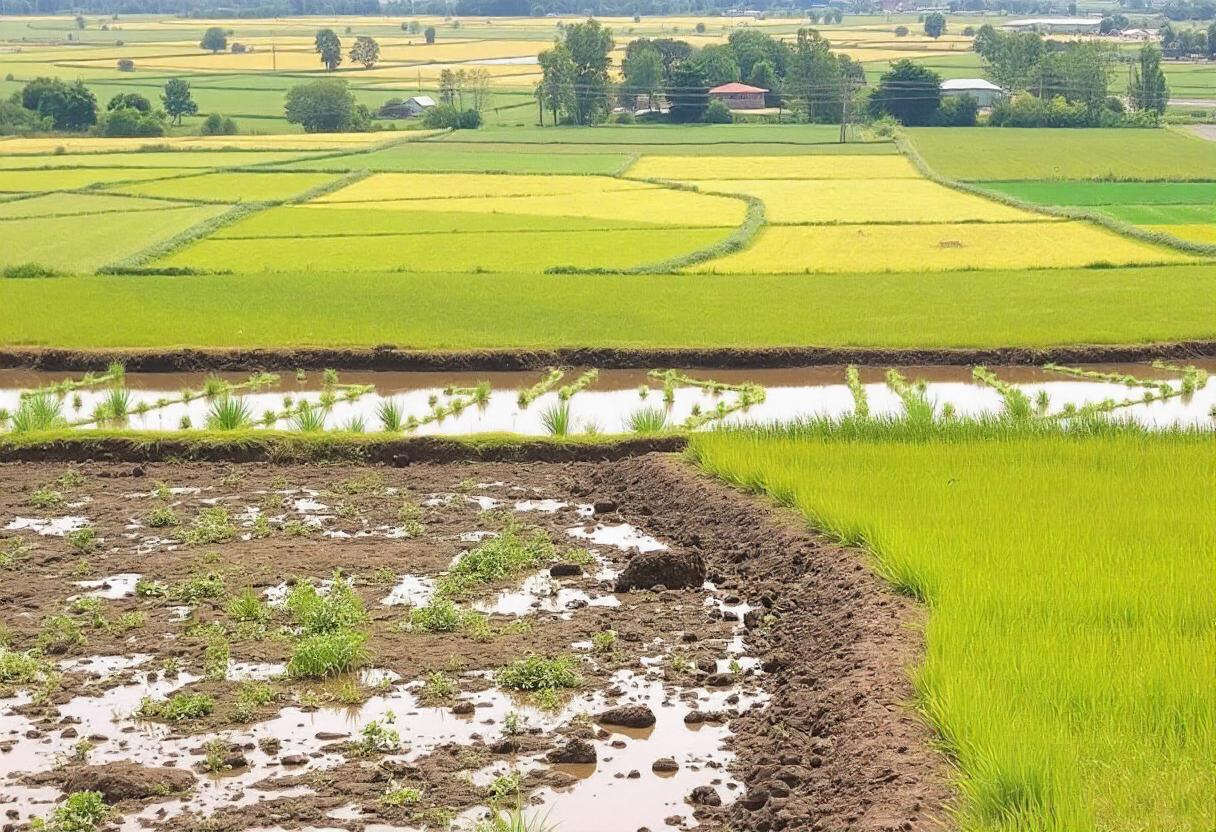
Introduction
Farming on marginal lands has become an essential practice in regions where fertile land is scarce. Marginal lands refer to areas that are not typically suitable for conventional agriculture due to factors such as poor soil quality, limited water resources, or challenging topography. However, with technological advancements and innovative farming techniques, these lands can still be utilized to produce crops and contribute to food security.
Characteristics of Marginal Lands
Marginal lands are characterized by several limiting factors that make farming difficult. These include low soil fertility, inadequate rainfall, steep slopes, and susceptibility to erosion. In addition, marginal lands often face temperature extremes and a lack of infrastructure to support large-scale farming operations. Despite these challenges, they offer potential for agricultural production if managed properly.
Techniques for Farming on Marginal Lands
Several farming techniques can be employed to make marginal lands productive. One common approach is agroforestry, which involves integrating trees and shrubs into the farming system to improve soil quality and provide shade for crops. Another technique is contour farming, where crops are planted along the natural contours of the land to prevent soil erosion.
Conservation tillage is also effective, as it minimizes soil disturbance and helps retain moisture in the soil. Additionally, crop rotation and the use of drought-resistant crops can enhance soil health and improve yields on marginal lands.
Use of Technology and Innovation
Advancements in agricultural technology have opened up new possibilities for farming on marginal lands. Precision agriculture uses data from satellites, drones, and sensors to monitor crop conditions and optimize the use of resources like water and fertilizers. This allows farmers to make informed decisions and apply inputs only where needed, reducing waste and increasing productivity.
The development of genetically modified crops that are more tolerant to drought, pests, and poor soil conditions has also enabled farming in areas that were previously unsuitable for agriculture. Additionally, vertical farming and hydroponic systems are emerging as innovative solutions to produce food on marginal lands without the need for large expanses of fertile soil.
Challenges of Farming on Marginal Lands
Despite the potential benefits, there are significant challenges associated with farming on marginal lands. The initial costs of establishing sustainable farming systems can be high, particularly in areas that lack infrastructure. Marginal lands are also more vulnerable to the effects of climate change, such as increased droughts and extreme weather events, which can further degrade the land and reduce crop yields.
Moreover, the socio-economic conditions in regions where marginal lands are prevalent often present obstacles. Limited access to markets, credit, and agricultural inputs makes it difficult for small-scale farmers to invest in and maintain productive farming operations.
Environmental Impact of Farming Marginal Lands
Farming on marginal lands can have both positive and negative environmental impacts. On the positive side, sustainable farming practices can help restore degraded lands, improve soil quality, and enhance biodiversity. For instance, agroforestry systems can sequester carbon and provide habitats for wildlife.
However, improper management of marginal lands can lead to soil erosion, deforestation, and loss of biodiversity. Overgrazing, monoculture practices, and the excessive use of chemical inputs can degrade the land further, turning it into an even less productive resource. Sustainable management practices are essential to mitigate these risks and ensure the long-term viability of marginal land farming.